In 2015, Germany sent two 3,000 years old Olmec wood statues to Mexico. They were confiscated from a suspicious Costara Rican art collector and kept the courts at the Bavarian State Archaeological Museum until the courts solved the issue. Their arrival was described as “an important role model in favor of Mexico.” In fact, withdrawal of its artifacts has been a Mexican concern for many years now.
The archaeological products were very focused on returning their original country, with the most popular current need for the current need Parthenon Clarine To return to Greece. However, Mexican products do not seek to attract the same headlines.
For example, compared to ancient Egypt, the European and the US museums contain relatively some Mexican products, and although many of these are considerable interesting, they are small materials – and are unstable compared to the beard of Rosetta stone or spinks.
It is not always a clear issue to return the goods to their nation. For example, some will argue against stolen goods from the recent invasion of Iraq’s acquisition of stolen goods from the Baghdad Museum, but the old products are legally purchased-if one is immoral-becomes a gray part.
Many items in the world’s largest museums are the result of a formal sharing agreement between a university – he took the price of an digging and his own nation (Although this is not always like that). It joins the idea Cultural assets are not binded to a nation, but “cultural internationalism” that argues that everyone belongs.
There are some advantages to spread human art around the world. How many tourists visit the British Museum to pour money into the Egyptian economy? Having goods in foreign museums provide some protection from wars and natural disasters.
What are the highlights of Mexico’s prosperous premature time now sitting in the world museums? This is the most unique choice, I would like to hear your input. As a historian, a librarian and an archivist, I consider my five highlights:
5. Human and animal statues: Arizona Museum
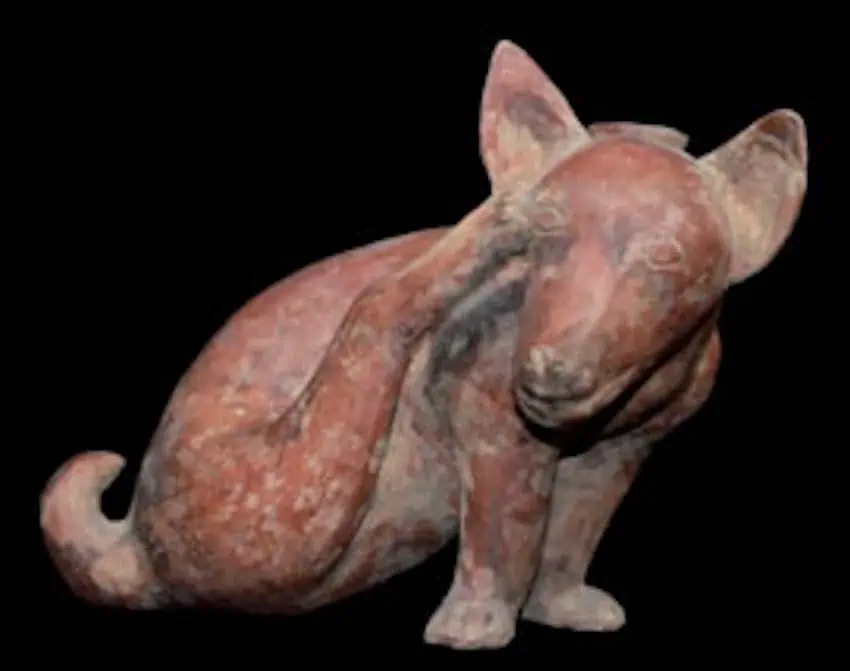
The Arizona Museum is charged as a natural historical museum, and the dinosaurs are actually the main attraction. However, the Mexico-American border, which is 300 kilometers away from the Mexico-American border, shares most of its culture with the North Mexico, so the gateway to the Gallery of Messo Aameria and South America is astonishing: the giant copy of an Olmec head.
The collection of the museum often came from Jalisco, Nayarith and Golima, where the museum describes, “is isolated from contemporary, but well -known, well -known Mexican civilizations.”
This part of Mexico was referred to for the portraits of humans and animals, often collected from the burial of the stem grave. Dogs were a favorite thing for these ancient porcelain artists because animals were believed to be a guide to heaven and ancestors of ancestors. I like the title of “red-orange-burning dog”, which is the best example of the type, which has a good touch of humor when the dog scratches its ear, to eliminate the annoying plugs.
4. Olmeg objects: NYC’s Met Museum
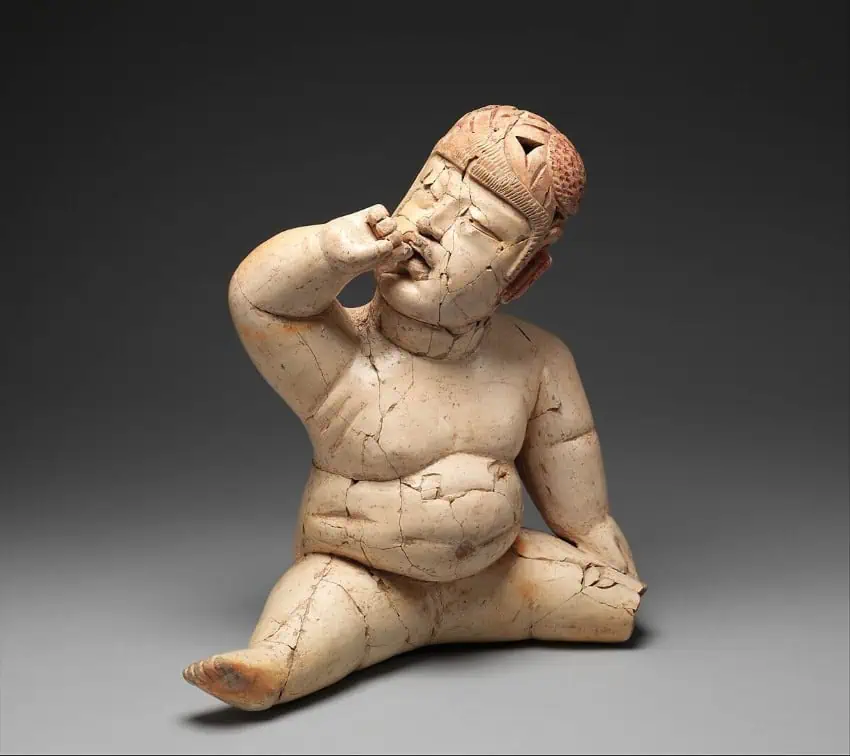
Met is one of the most impressive archaeological collections of the world, especially Egyptian, Greek and Assyria. The collection of Mexican materials is small, but it has some gems, the “empty figure with a helmet” is a personal option. It comes between 1200–800 BC, which is at least 2,000 years older than Mexica civilization.
The statue shows a well -nourished child, with the folds of fat, look upwards, and hand to its mouth. Many of these petty olemec children have been found, a theory about them, and they are created to advertise how wealthy the community is. Although the appearance of “seated empty image with helmet” is uncertain, it is thought to come from the central highland site MouthIn the state of Puebla, a part of many olemec style porcelain objects invented.
3. The Mexican Collection: Berlin’s ethnic museum
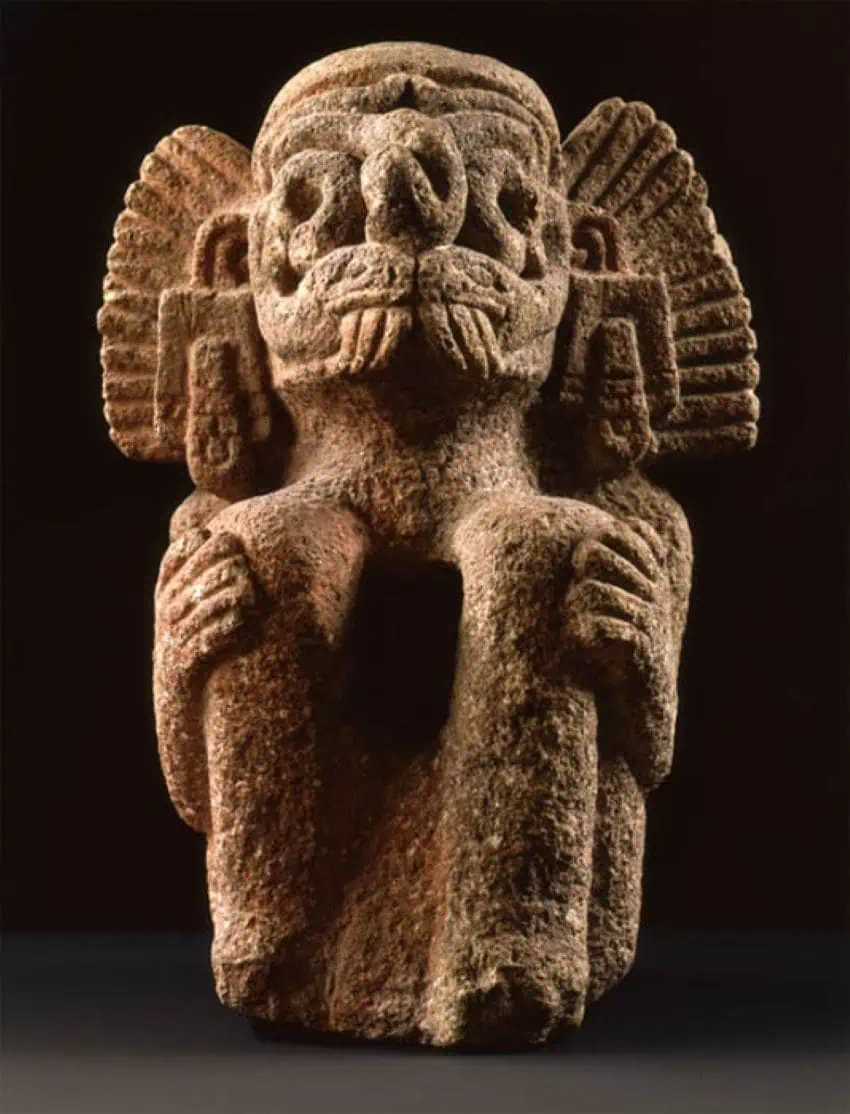
This museum It has 500,000 art and cultural works from outside Europe, one of the largest and most important collections in the world. Mexican collection The 19th century was launched by the Prussian General Ambassador in Mexico, Ferdinand Conrad Sefart, and continued by merchant Carl Uhde and scholar Edward Celer.
There is no accurate information on where the many objects were found because of these different sources-and the poor registration in the early days of the museum. The item I focused is, “a clay figure with a move that moves” Continuous clay may be excellent in statistics, where the legs are attached to the body with the body. It is subject to educational debate that they were created for toys, puppets, a child’s toy or a magical role. In fact, we don’t know about this wonderful part, it is very excited.
2. Porbonigus Codex: Paris National Assembly
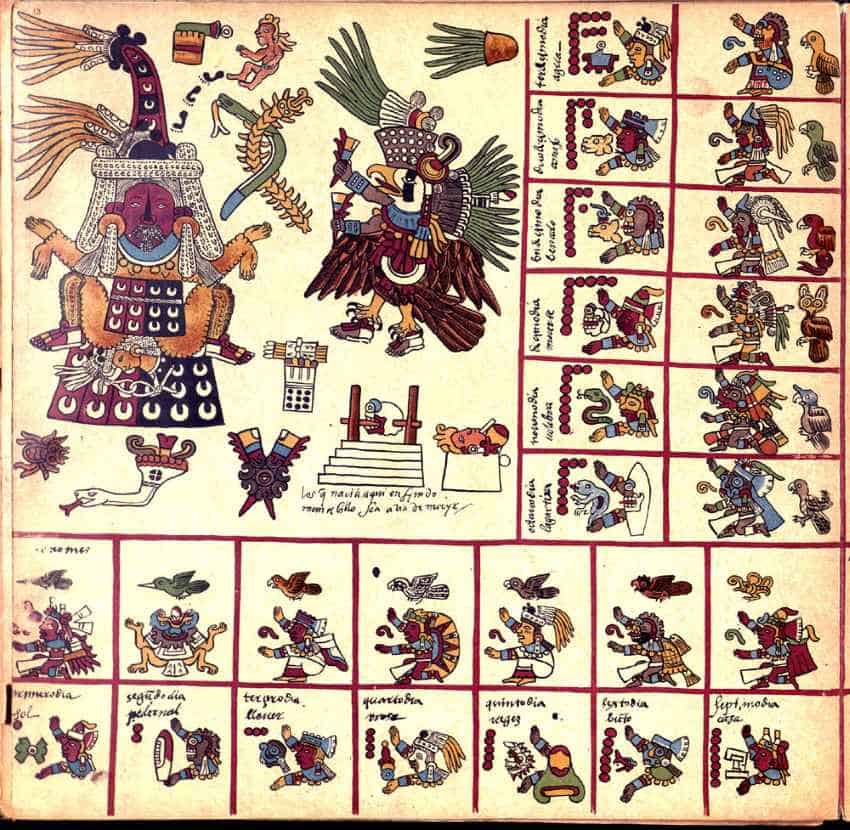
One of the biggest crimes committed by humans against another culture is to destroy the Artsec art of Spain. The Aztec codes, the stories recorded on the long sheets of fig-bark paper-are called Amad in Maccio-and primarily in nature. As a result of the effectiveness of the concrete, it is believed that only three codes in the premature period survived. One of these Codex Porbonicus. It resides in France, not in Mexico.
It is a single sheet of bar paper, which is 14.2 meters long and is usually made by Mexica priests, or later, Spanish won their civilization. The story of its survival was uncertain, but at one point, the Codex was brought to Spain and later ended in France in 1826, which was auctioned off and gave a house in the Library of the National Legislative Assembly in Paris.
The Kottex Porbonigus Mexica describes divine and solar calendars through colorful scenes that include animals, people and gods. It contains annitations in Spanish, which is a reason for the premature date. However, there are many people who believe that these were added after the creation.
This is a Meso Aamerican item, which is subject to the owner’s dispute: in late 2024, Hahanu’s representatives – are most widely known as Otomi – French parliamentary ministers, askingM To support their invitation to return to its homeland. French newspaper Lu Monte has said that some MPs have promised Hahanu’s request to be a written question before the Legislative Committee.
1. Double -headed snake: the British Museum
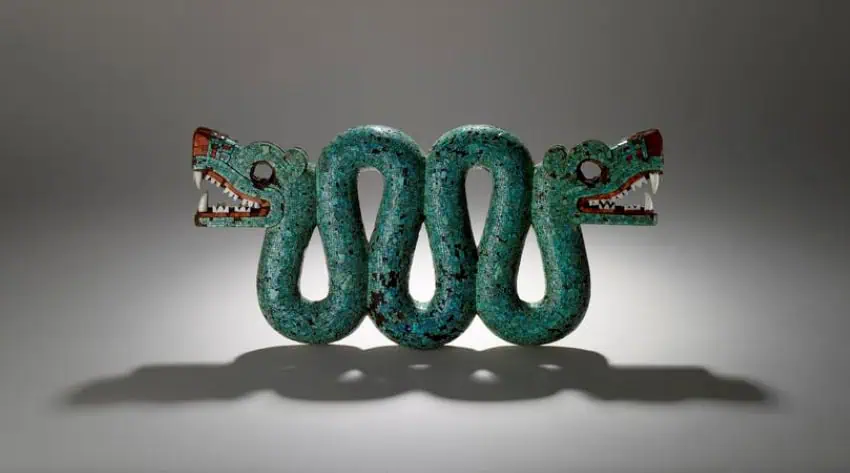
The double -headed snake placed in the British Museum is no small problem in choosing the item to get the first place. MThe Czetro Tree’s Adi, which is covered with more than 2,000 turquoise mosaic. The white and red oyster shell paints the teeth and mouth of the snake. This is one of the best gems of premature art everywhere. When there is a commonly accepted history of the object, there are fair speculations in this history.
The snake was probably made of the mixer and paid tribute to Mexica. Traveling from Mexico is unpredictable, but it may be in the gifts presented for success Hernon cortez.
Many such Mosaic Florence Florence Florence Workshop, where they were separated, so that the turquoise could be re -used to create contemporary materials. Someone felt the importance of the double -headed snake, it was saved and eventually found its way to English banker Henry ChristianOvarian a Great The collector who left the plenty of stuff Museum.
There are only 25 Mexican Turque Mosaic in Europe-nine of them in the British Museum-and the double-headed snake is very beautiful, all of which are very mysterious.
Bob Batman The historian, the librarian and the life of Mexico -based historian. He is the teacher In the newspaperHashing International Historical Magazine.
(Tagstotranslate) Aztec (T) Historical artifacts
Story Credit








